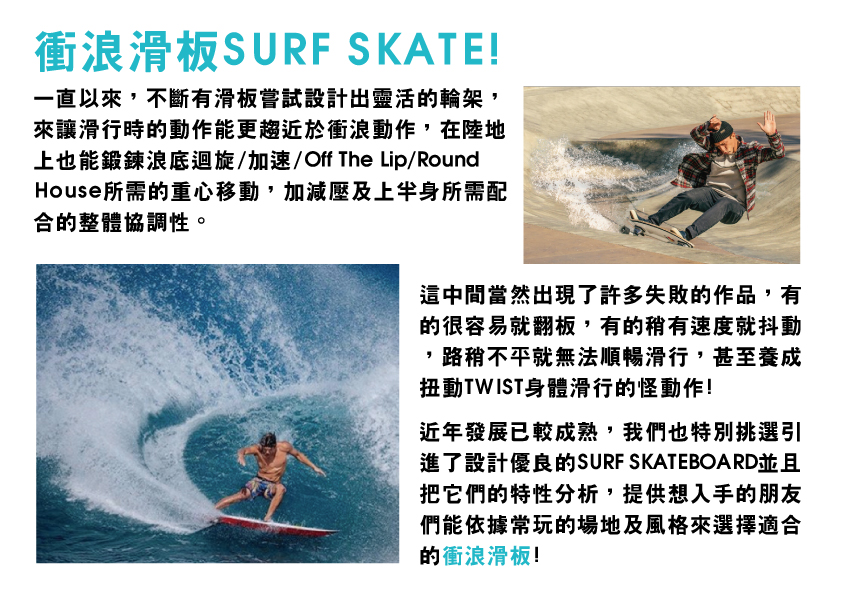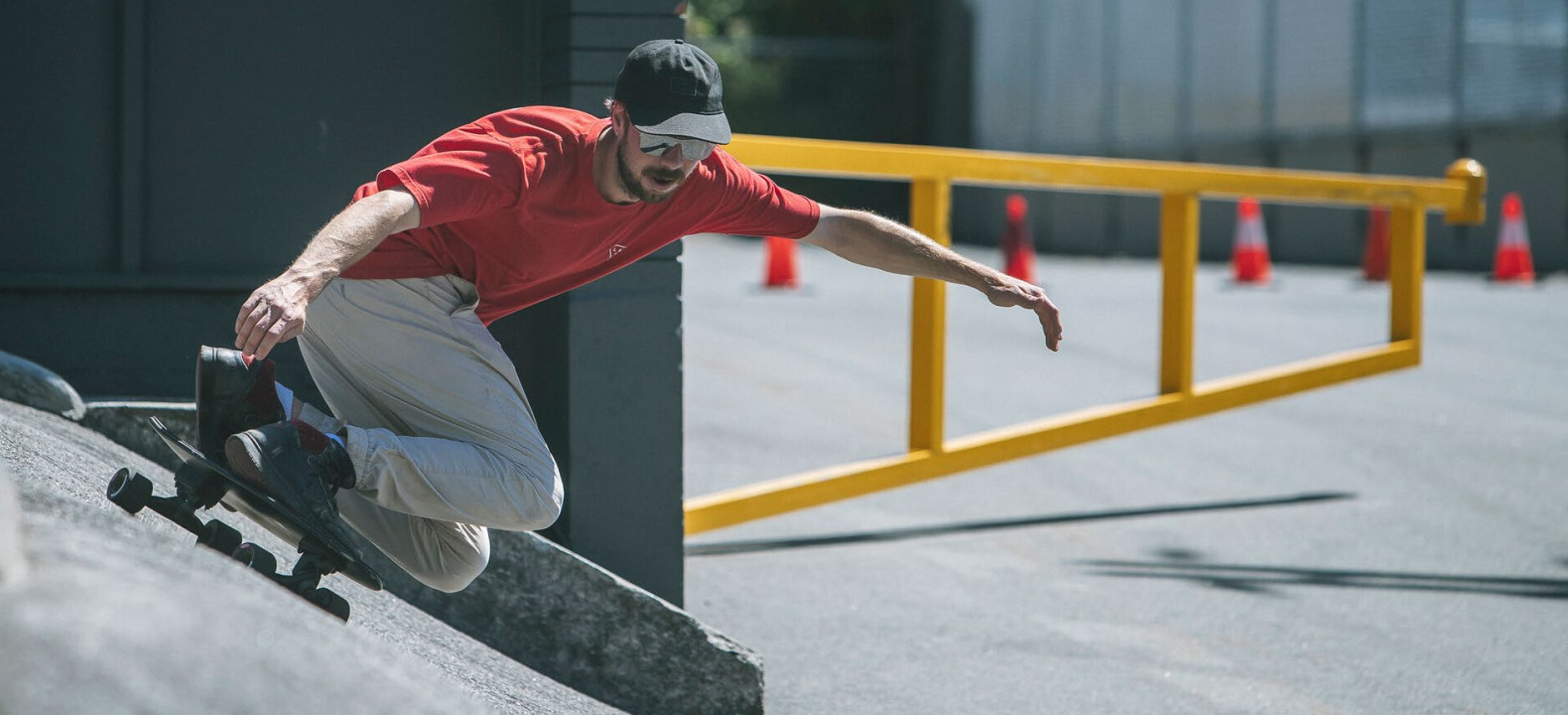Before the endless charade of social media surfboard marketing melted our minds, real word of mouth made one little board iconic throughout the surfing world… the Rocket, reincarnated in the Redux for a new generation.
- Truck Option: CX
- Truck Color Option: Raw
- Wheels: 68MM Mag Smoke 78A
- Bearings: Built-In
- Grip Tape: Mayhem Deck Pad
- Hardware: Stainless Steel
- Length: 30"
- Width: 10 1/2"
- Wheelbase: 16 1/4"
- Nose: 3"
- Tail: 6 1/2"
.jpg)
CARVER CX SURFSKATE TRUCK
- Trucks: CX.4 Front Truck, C2.4 Rear Truck
- CX.4 Bushings: Top - 0.58" 89A Conical= Bottom - 0.65" 89A Conical
- C2.4 Bushings: Top - 0.58" 89A Conical= Bottom - 0.65" 89A Barrel
- Risers: 2 Risers
- Hardware: 1 1/4" Stainless Steel
- Lifetime Guaranteed Components: Hanger, Base
- Axle Width: 9"
- Truck Height: 2 7/8"
- Material: Aircraft Grade, Industrial Recycled A356 Aluminum, heat treated to Rockwell T6

.png)



HISTORY OF CARVER SKATEBOARDS
It all started one quiet summer in Venice, California in 1995. Greg Falk and Neil Carver had been surfing all winter, and were pumped to surf the warmer waters of the Breakwater during the long days of summer, but it was as flat as a puddle. Not even a longboard ripple to justify getting wet. So, like the many generations before them, they took to the streets with skateboards in search of hills to surf.
The historic neighborhoods of Venice and Santa Monica are a veritable skatepark of steep alleys and banks, and as they dropped in on those asphalt waves they were struck with how unlike surfing it was. Sure, they sort of got a surf-like experience, as much as standing on a board and banking turns can provide, but they really missed the snap and drive that a surfboard has, that crisp pivot you get at the tail that lets you really pump a wave for speed. Their skateboards felt stiff by comparison. They tried loosening the trucks even more but all they got was speed wobble, and the steepest hills became virtually unskateable.
And even with those loose trucks, the dynamic of the turn was still all rail-to-rail, symmetrical nose-to-tail. Picking up the nose to tic-tac at high speed down a steep incline was sketchy, so they were left only imagining the performance they wanted, unable to get that feel with any skateboard on the market.